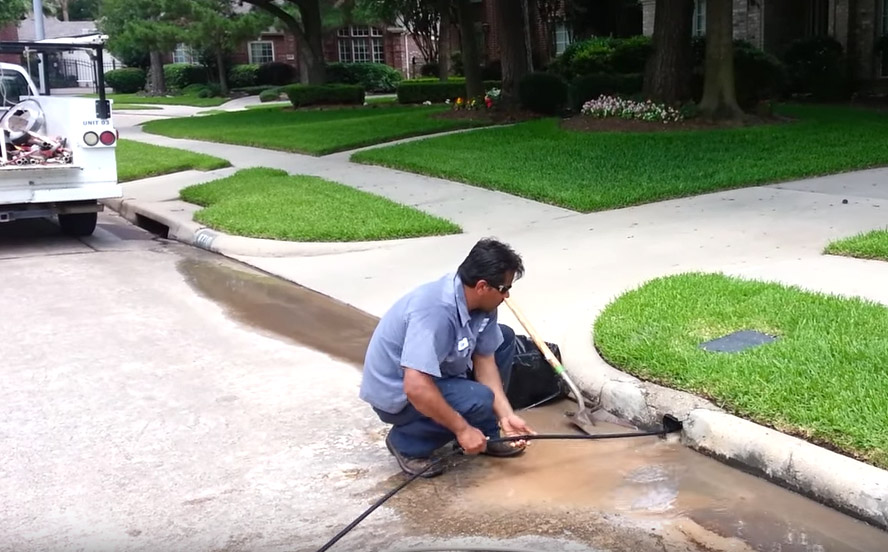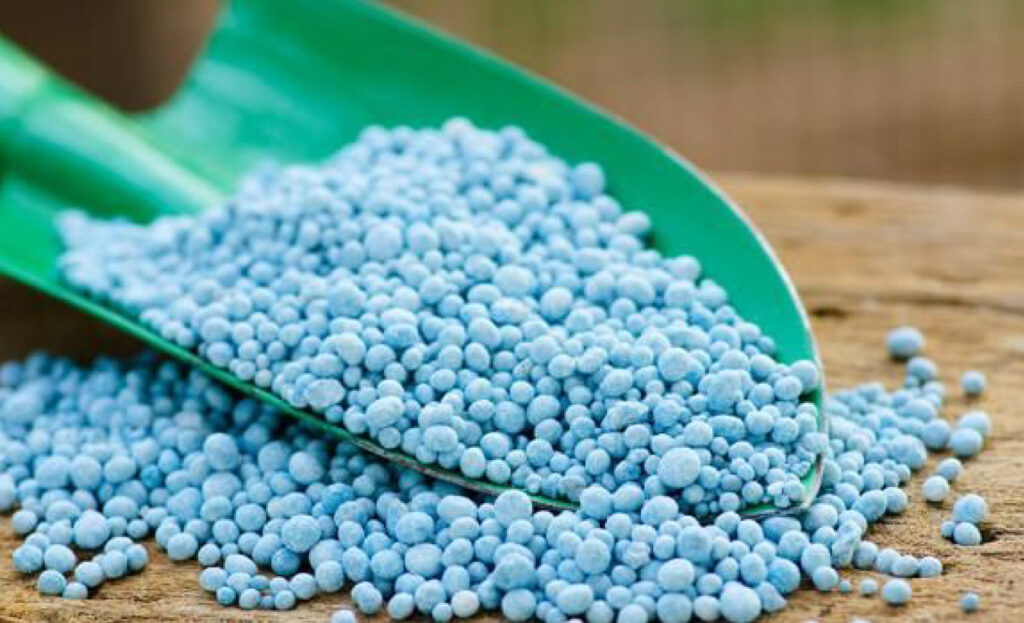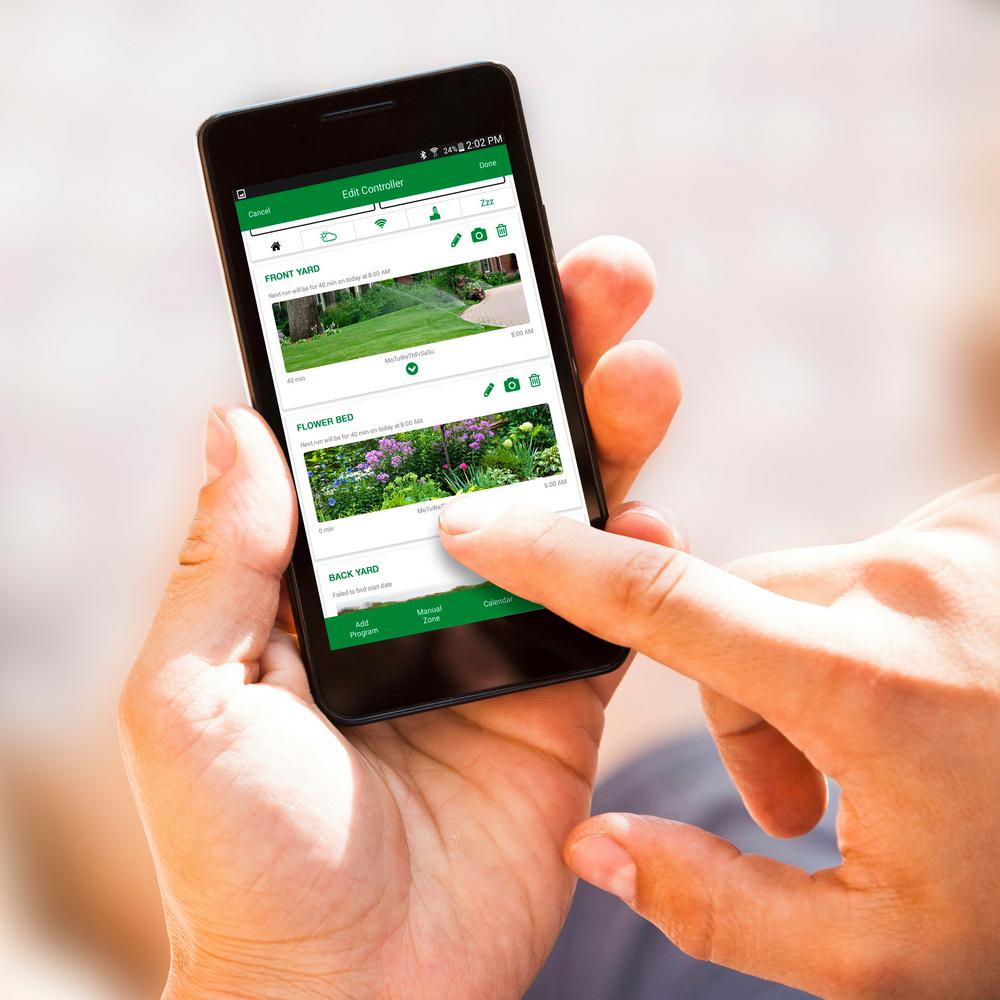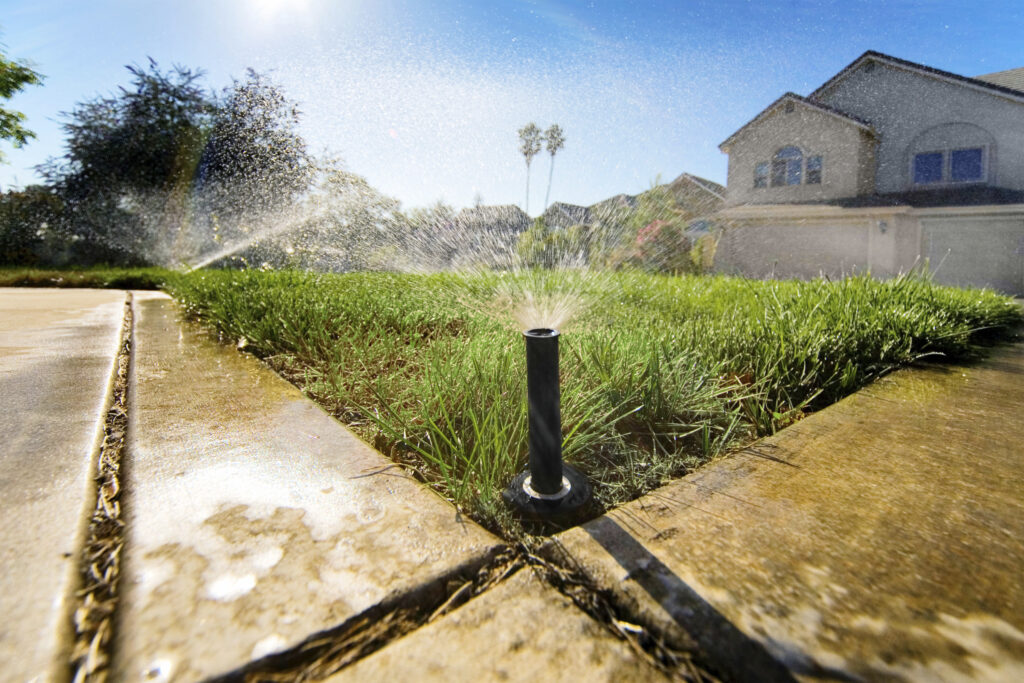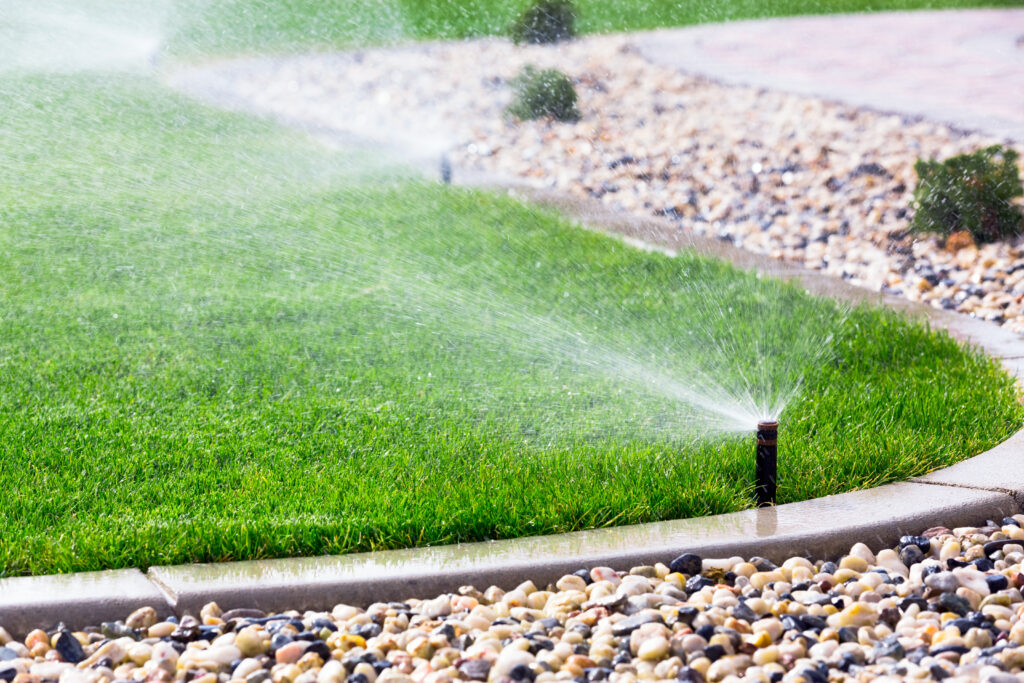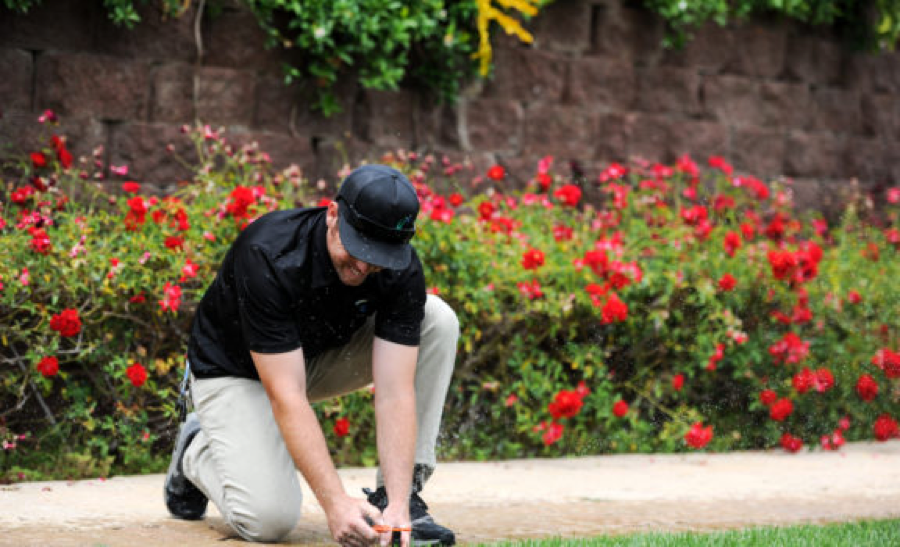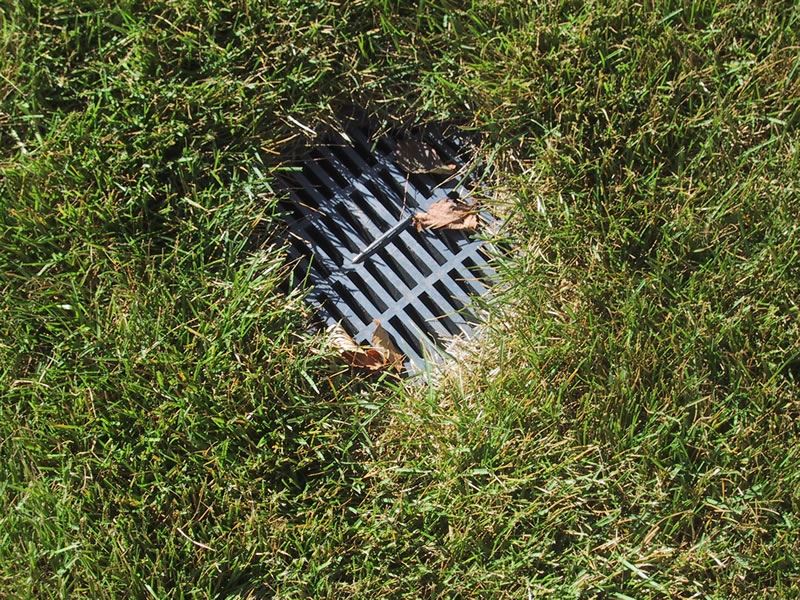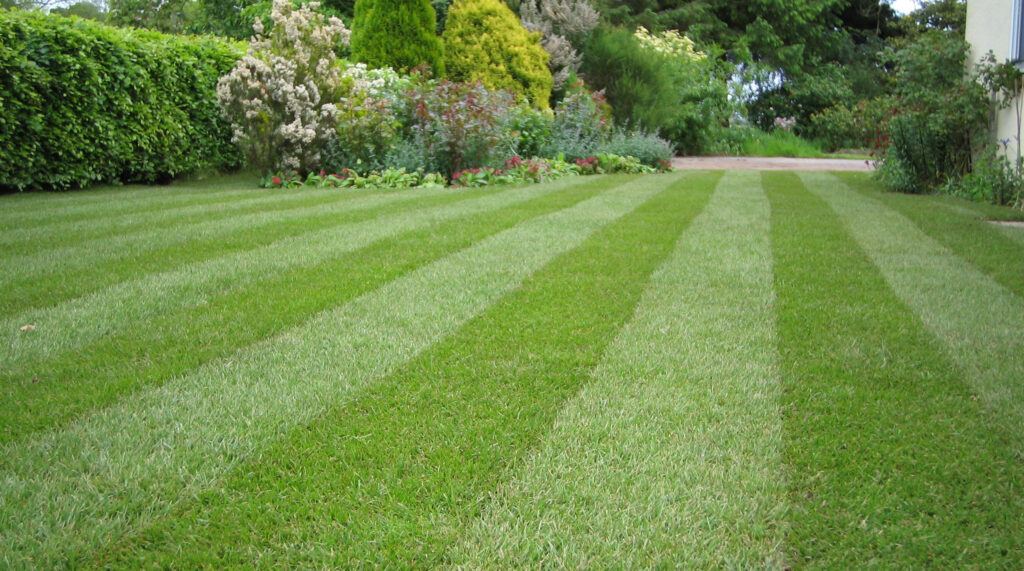Lawn Care
Do You Have Slow Or Clogged Yard Drains? Here’s How To Fix Them.
Yard drains and driveway drains help remove rainwater from your property into the storm sewer or other drainage system like a catch basin or French drain to help keep your yard dry. Check for obvious things blocking the drain like leaves, dirt, stones, toys, trash, etc. Remove any of these items that may be present…
Read MoreHow to Prevent Fertilizer Burn During the Summer
During the warm summer months, everyone wants to enjoy their lawns. Unfortunately, the summer heat can also stress turf and increase the chance of lawn damage from fertilizer applications. Before choosing a fertilizer for summer turf, knowing the difference between nitrogen sources will help you reduce the possibility of fertilizer burn. Quick-release fertilizers Fast-acting fertilizers…
Read MoreControl Your Lawn Watering From the Palm of Your Hand With Our New Wi-Fi Controllers
Upgrade to an App Based Smart Irrigation Controller With the rise of the smart home, more and more homeowners are interested in being able to see and control their irrigation right from their phone. Some common benefits include: Run system manually from any location without accessing the control panel Water savings Automatically watering plant the…
Read MoreHow do I start up my sprinkler system this season?
Spring start up can be easily done by following these steps. 1. Turn on the water supply. 2. Activate each station on the system with the controller 3. Walk through each station to verify the proper operation 4. Program the controller for automatic operation 5. Verify weather sensor is operational The first step is to…
Read MoreHow Proper Drainage Systems Can Help Your Landscape
In the video below you will learn how proper drainage systems can help your landscape: For more information on how we can help you visit our contact page.
Read MoreMaintain & Upgrade Your System
Irrigation systems need regular maintenance to keep them working efficiently year after year. Damage from lawn equipment or improper winterization can cause leaks and other serious problems. Inspect your system monthly. Check for leaks, broken or clogged sprinkler heads, and other problems. Clean clogged screens and micro-irrigation filters as needed. Adjust sprinkler heads. Remove or…
Read MoreYou Can Help Conserve Water
A typical morning routine involves a shower, cup of water, and the flow of a faucet. Many of us don’t think twice about our water usage until we’re confronted with circumstances such as drought or a water crisis. Only 2.5% of the water on earth is fresh. As a result, we must actively protect this…
Read MoreAre You Ready For A Summer Pre-Season Irrigation Check?
Numerous home owners and entrepreneurs know that spring is prime time for a cooling check—nobody needs to have the A/C breakdown when summer temps hit triple digits. But most individuals may not understand that it’s additionally an ideal time to complete an irrigation check. Irrigation systems across the nation are relied on during the hot…
Read MoreVIDEO: How To Fix Drainage Issues In Your Yard
Without the right drainage system, rainwater and landscape runoff can puddle in low spots in your yard, creating a muddy mess that can kill your grass and attract mosquitoes and other pesky insects. If left untreated, this drainage problem has the potential to grow, destroying your lawn and landscaping work and potentially leading to property…
Read MoreLawn Maintenance Tips to Help Save Irrigation Water
Mow your grass at a higher length (so that it is longer.) The longer blades help shade the soil, and thus reduces evaporation of water. On the other hand, scalping the grass off at a low height is definitely not good for the vigor and health of the grass. Cutting grass too short leaves the…
Read More